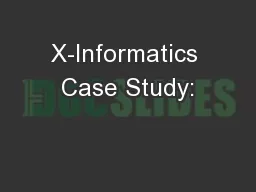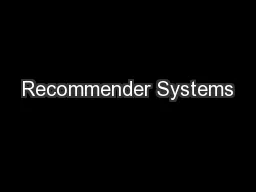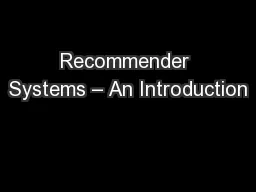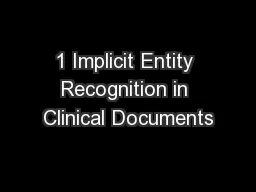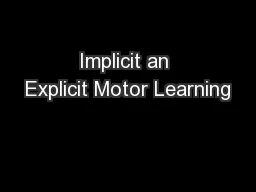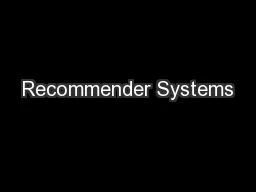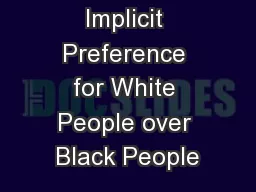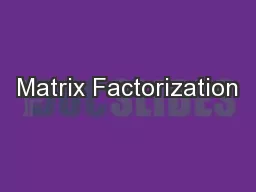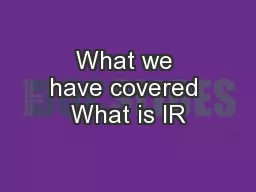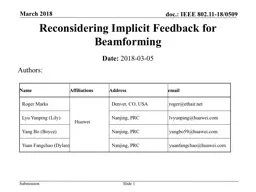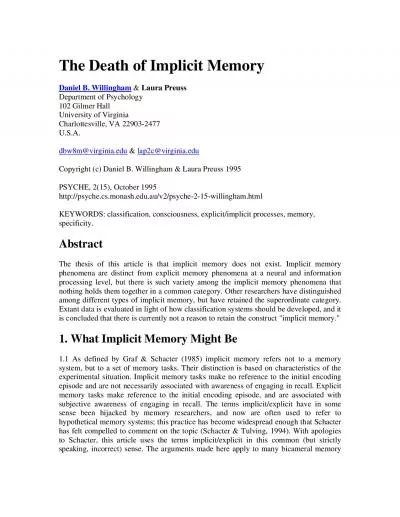PDF-Implicit Feedback for Recommender Systems Douglas W
Author : sherrill-nordquist | Published Date : 2015-01-19
Oard and Jinmook Kim Digital Library Research Group College of Library and Information Services University of Maryland College Park MD 20742 oard jinmookglueumdedu
Presentation Embed Code
Download Presentation
Download Presentation The PPT/PDF document "Implicit Feedback for Recommender System..." is the property of its rightful owner. Permission is granted to download and print the materials on this website for personal, non-commercial use only, and to display it on your personal computer provided you do not modify the materials and that you retain all copyright notices contained in the materials. By downloading content from our website, you accept the terms of this agreement.
Implicit Feedback for Recommender Systems Douglas W: Transcript
Download Rules Of Document
"Implicit Feedback for Recommender Systems Douglas W"The content belongs to its owner. You may download and print it for personal use, without modification, and keep all copyright notices. By downloading, you agree to these terms.
Related Documents


